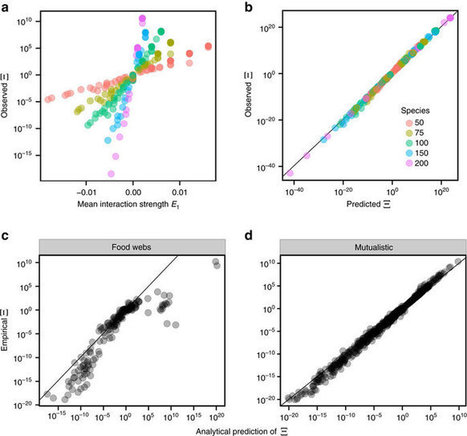MICHAŁ B. PARADOWSKI, AGNIESZKA CIERPICH–KOZIEŁ, CHIH–CHUN CHEN, JEREMI K. OCHAB
MLJ Volume106, Issue4 Winter 2022 Pages 694-725
This data-driven study framed in the interactionist approach investigates the influence of social graph topology and peer interaction dynamics among foreign exchange students enrolled in an intensive German language course on second language acquisition (SLA) outcomes. Applying the algorithms and metrics of computational social network analysis (SNA), we find that (a) the best predictor of target language (TL) performance is reciprocal interactions in the language being acquired, (b) the proportion of output in the TL is a stronger predictor than input (Principle of Proportional Output), (c) there is a negative relationship between performance and interactions with same-first-language speakers, (d) a significantly underperforming English native-speaker dominated cluster is present, and (e) there are more intense interactions taking place between students of different proficiency levels. Unlike previous study abroad social network research concentrating on the microlevel of individual learners’ egocentric networks and presenting an emic view only, this study constitutes the first application of computational SNA to a complete learner network (sociogram). It provides new insights into the link between social relations and SLA with an etic perspective, showing how social network configuration and peer learner interaction are stronger predictors of TL performance than individual factors such as attitude or motivation, and offering a rigorous methodology for investigating the phenomenon.
Read the full article at: onlinelibrary.wiley.com



 Your new post is loading...
Your new post is loading...










